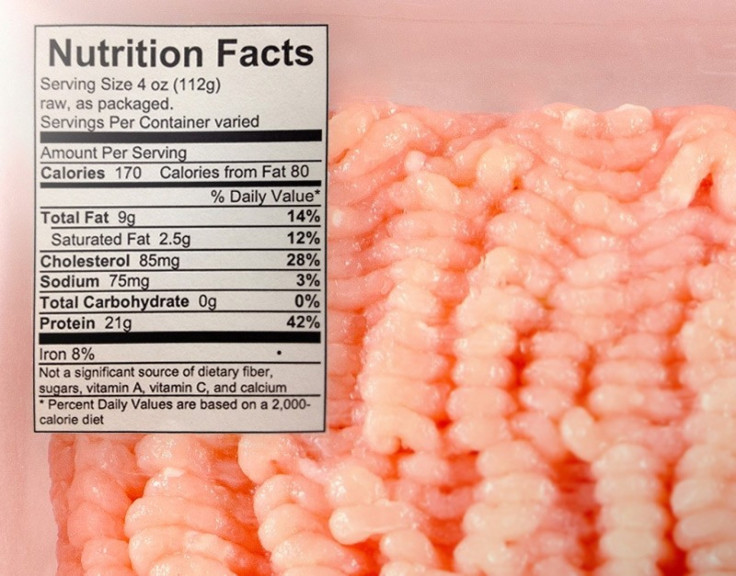Raw Meat, Poultry to Carry USDA Nutrition Labels

Raw meat and poultry packages must carry nutrition labels just like other grocery store items, according to a new rule from the U.S. Department of Agriculture. The rule took effect Thursday after USDA announced the change in December 2010.
Before Thursday, the USDA only required nutrition labels on meats with added ingredients such as marinades or stuffing. The new rule requires all ground meat and ground poultry and 40 popular cuts of meat such as porterhouse steaks, chicken breasts and pork chops have nutrition labels on the packaging or easily visible near the point of sale.
The labels will include the total calories, calories from fat, saturated fat, protein, cholesterol, sodium and iron levels in each piece of meat. In addition, meats including a lean percentage on the package, such as 85 percent lean will be required to include fat content as well.
Providing nutrition information on meat and poultry products in the store gives shoppers a clearer sense of the options available, allowing them to purchase items that are most appropriate for their families' needs, Dr. Elisabeth Hagen, undersecretary for food safety at the USDA, said in a statement. These new labels mark a significant step in the agency's efforts to help consumers make more informed food purchase decisions.
We don't want to tell people what to decide, Hagen told WebMD. It is a matter of going into the store and thinking, 'How many calories will I consume today?' 'What is my target for fat grams?' 'How does this purchase fit into my own and my family's diet?'
The nutrition labels will help consumers make smarter choices, Heather Mangieri, spokeswoman for the Academy of Nutrition and Dietetics, told CNN.
The information can also be used to comparison shop among products, she said. If a consumer is concerned about total calories or saturated fat, for example, they can compare and contrast products and possibly make a selection based on the nutrient content of the food.
The new labels are expected to add a half-penny per pound to the cost a meat, a price increase not likely to be noticed, according to USDA officials.
The USDA recommends eating between 5 and 6.5 ounces (142 and 170 grams) of protein a day, depending on age. However, protein doesn't have to mean meat. Beans, eggs, peanut butter and nuts all count as well and should be incorporated into your diet, according to the USDA.
© Copyright IBTimes 2025. All rights reserved.





















